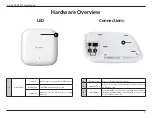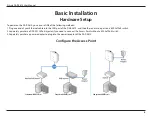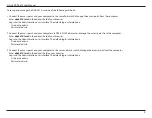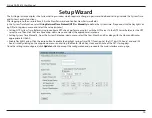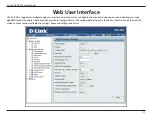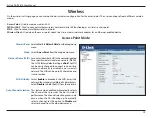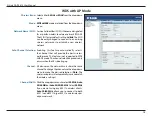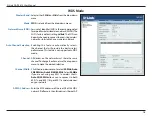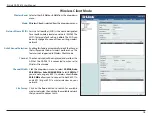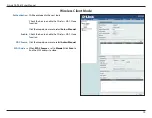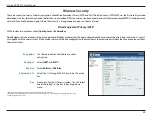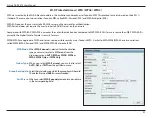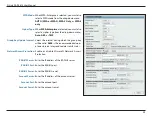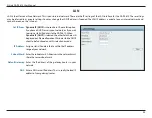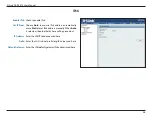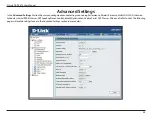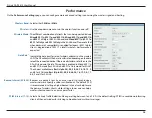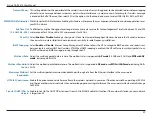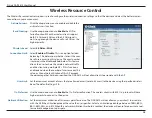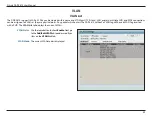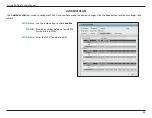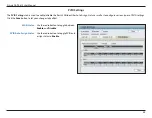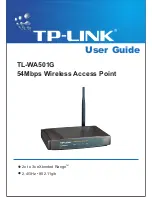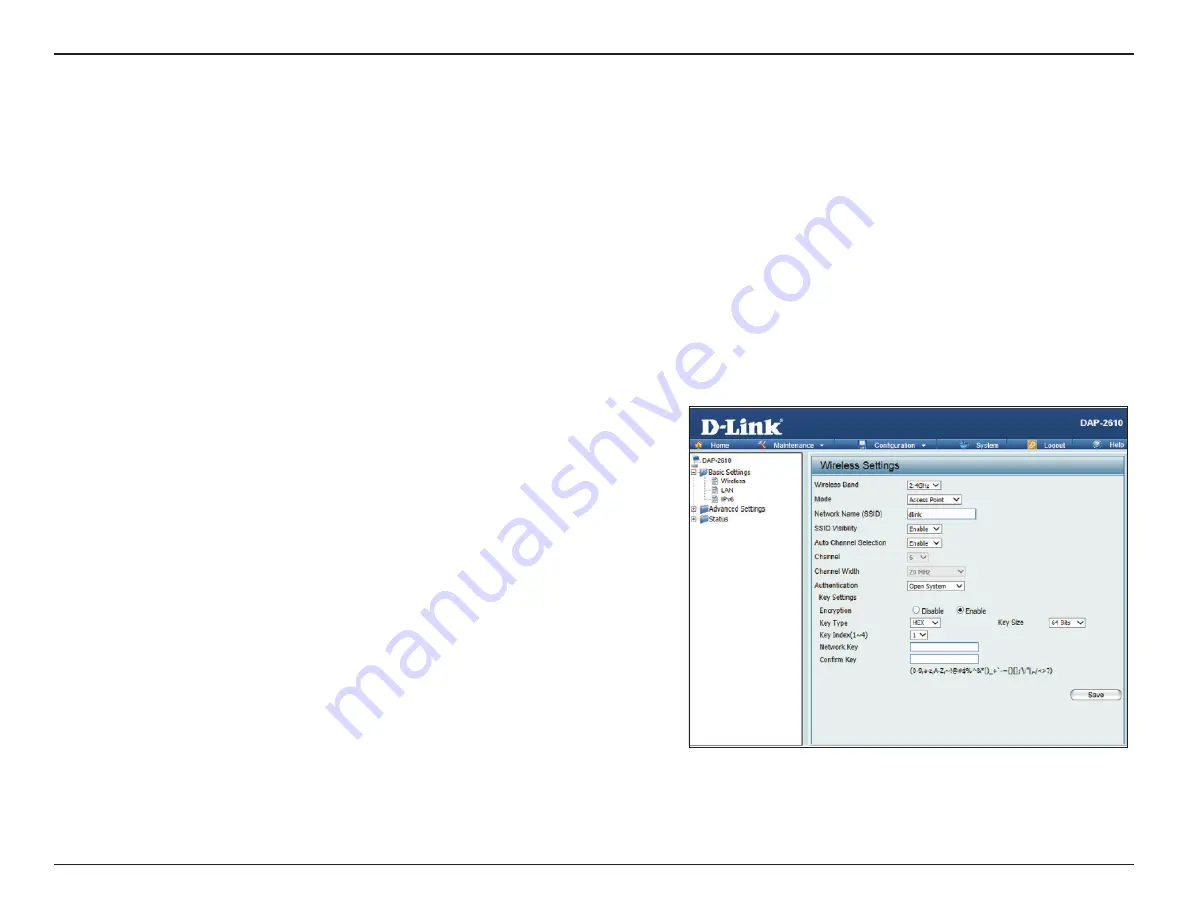
D-Link DAP-2610 User Manual
20
There are mainly two forms of wireless encryption, called Wired Equivalent Privacy (WEP) and Wi-Fi Protected Access (WPA). WEP was the first security method
developed. It is a low-level encryption but better than no encryption. WPA is a newer encryption standard, and with the more advanced WPA2 standard wireless
networks have finally reached a point where their security is strong enough to give users peace of mind.
Wireless Security
Wired Equivalent Privacy (WEP)
WEP provides two variations, called
Open System
and
Shared Key
.
Open System
will send a request to the access point and if the key used matches the one configured on the access point, the access point will return a “success”
message back to the wireless client. If the key does not match the one configured on the access point, the access point will deny the connection request from
the wireless client.
Encryption:
Key Type*:
Key Size:
Key Index (1-4):
Key:
Use the radio button to disable or enable
encryption.
Select
HEX*
or
ASCII.**
Select
64 Bits
or
128 Bits
.
Select the 1st through the 4th key to be the active
key.
Input up to four keys for encryption. You will select
one of these keys in the Key Index drop-down
menu.
*Hexadecimal (HEX) digits consist of the numbers 0-9 and the letters A-F.
**ASCII (American Standard Code for Information Interchange) is a code that represents English letters using
numbers ranging from 0-127.


